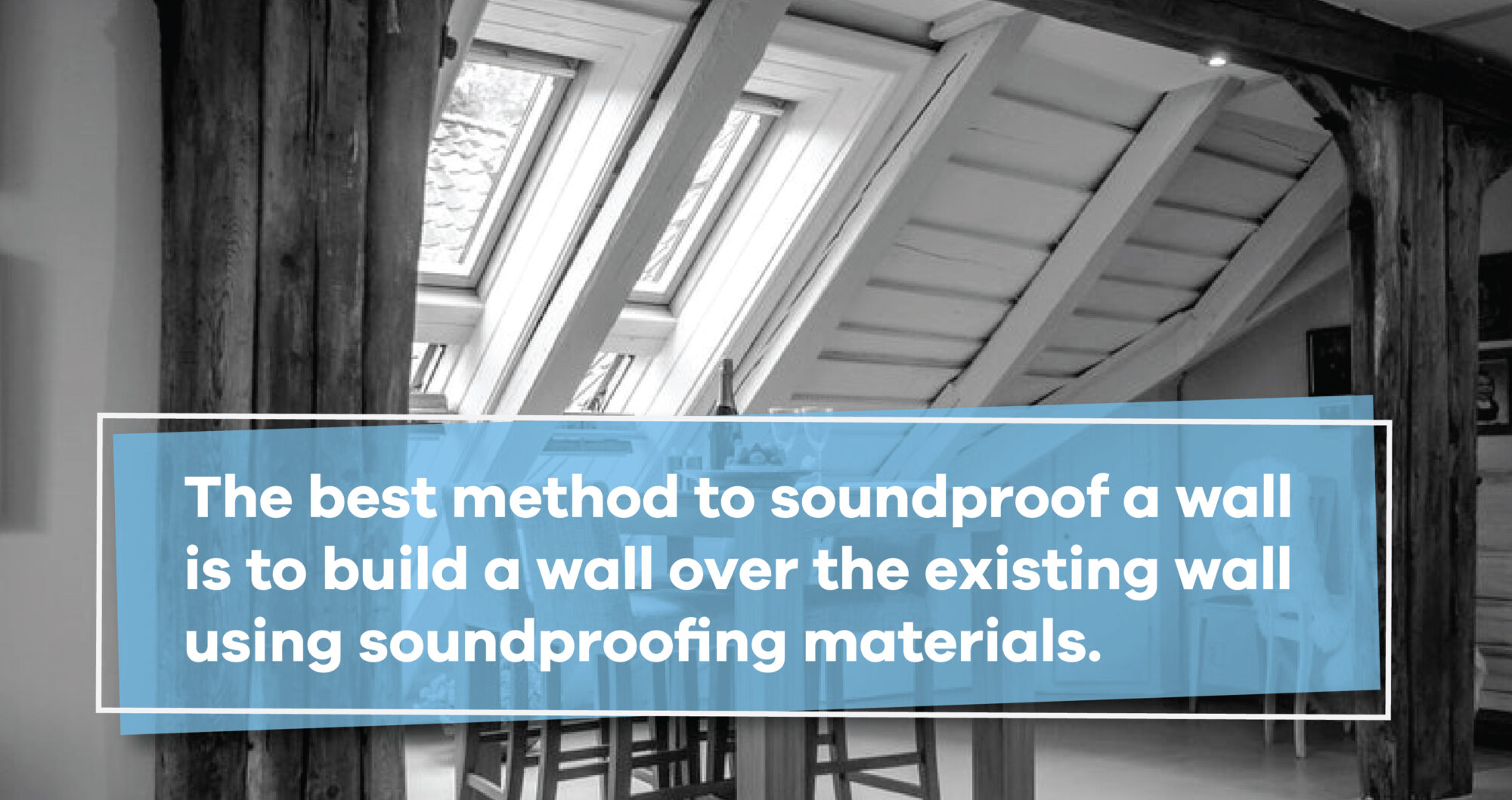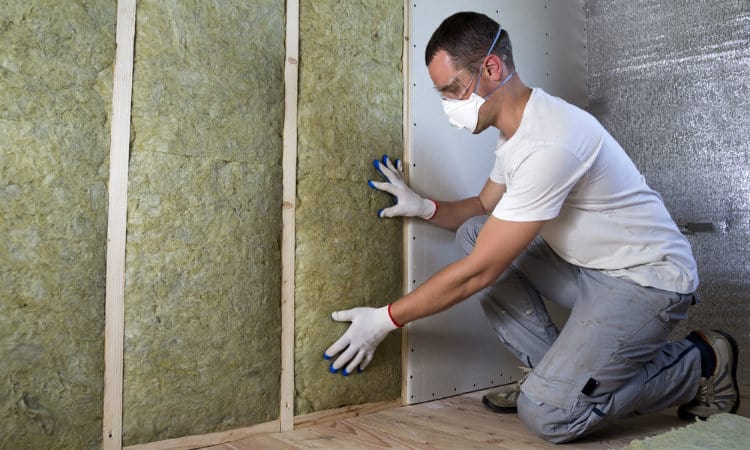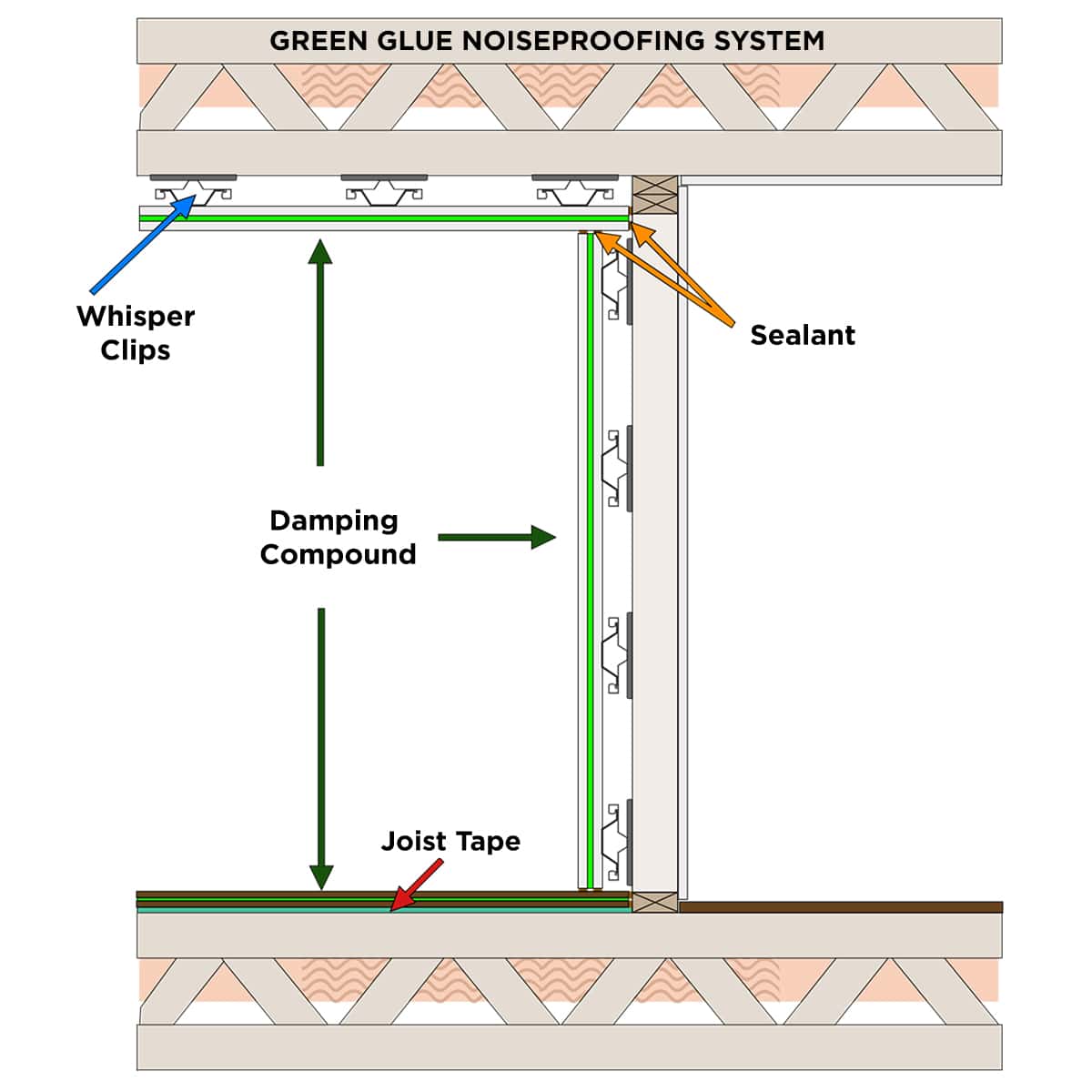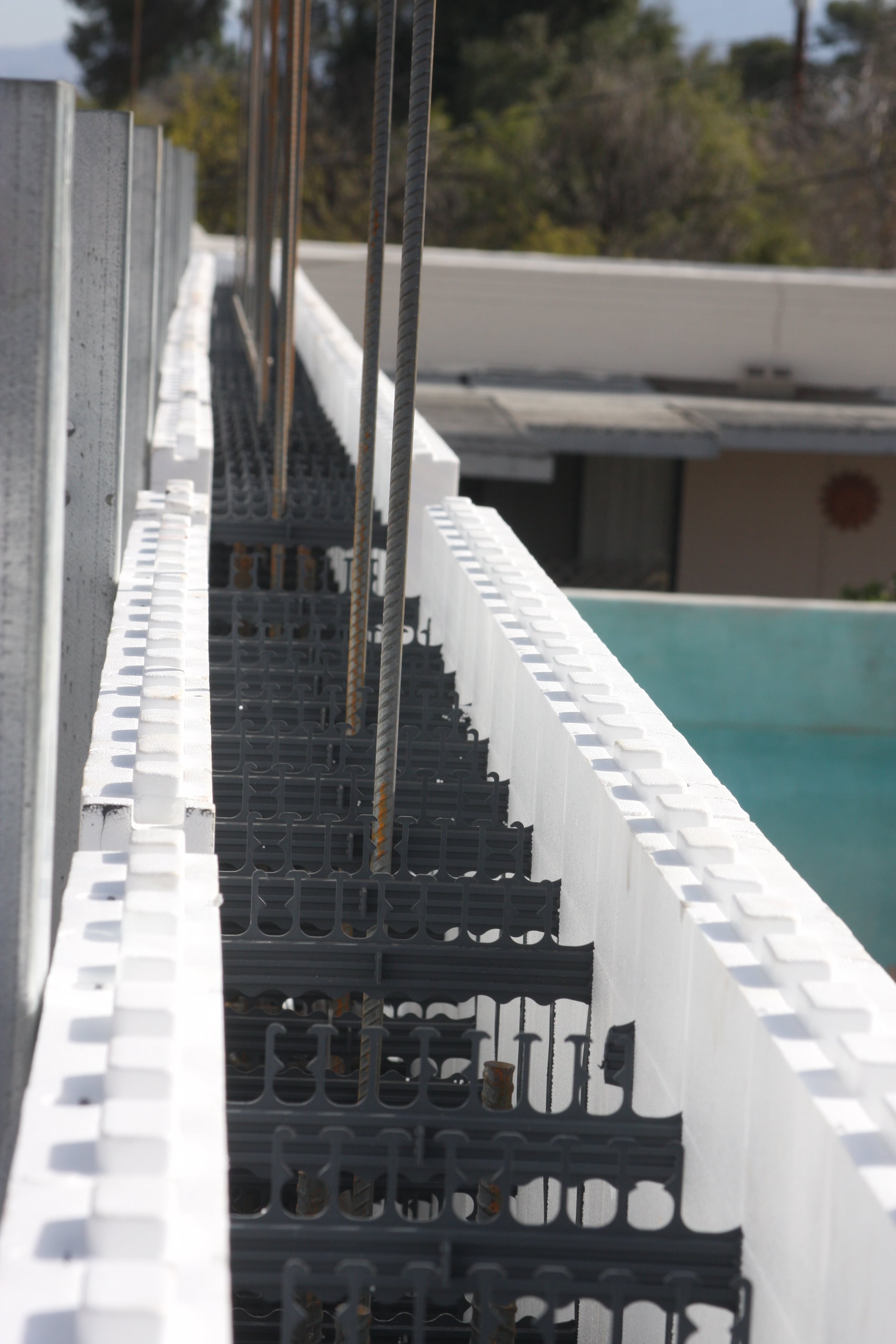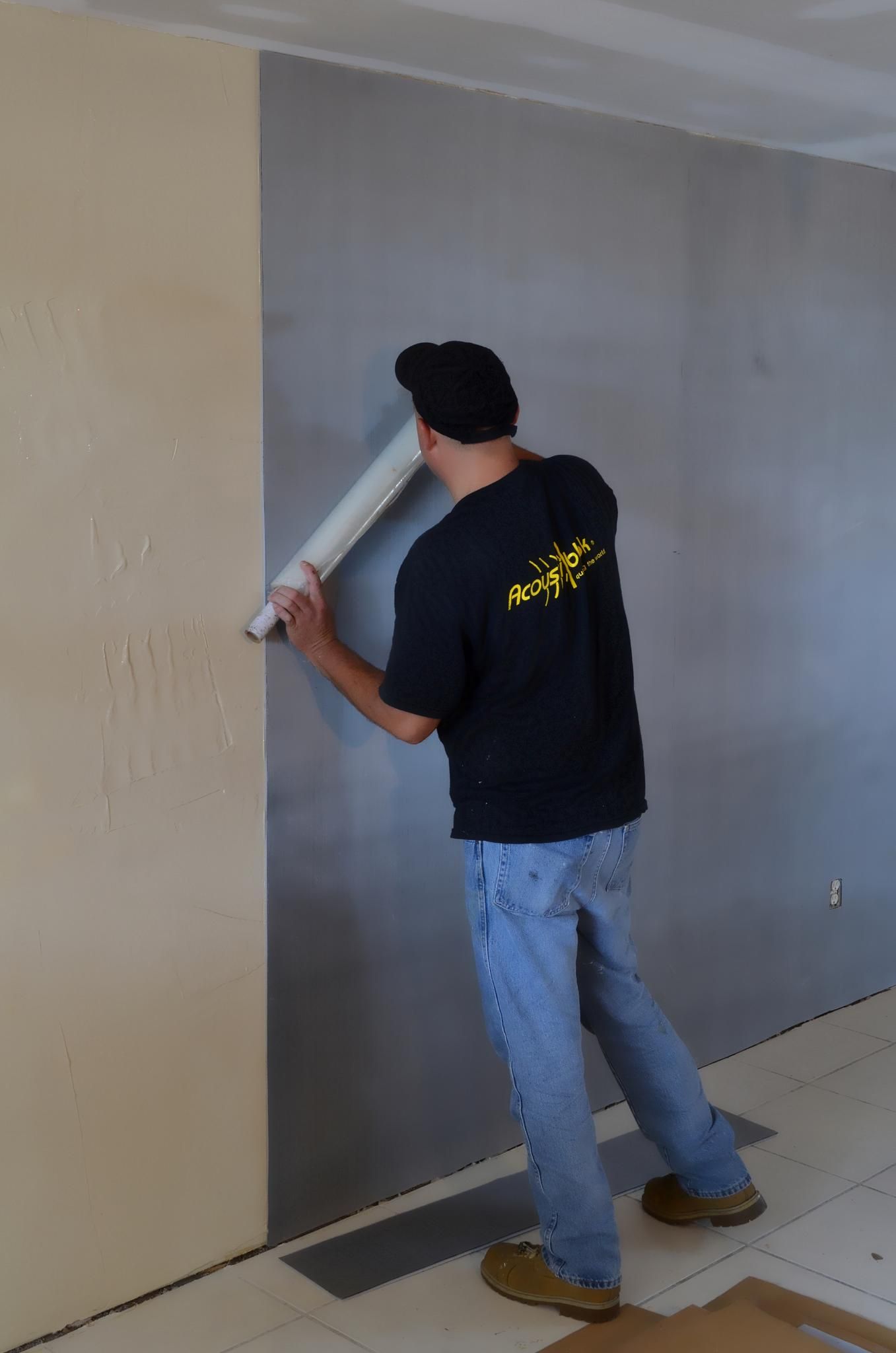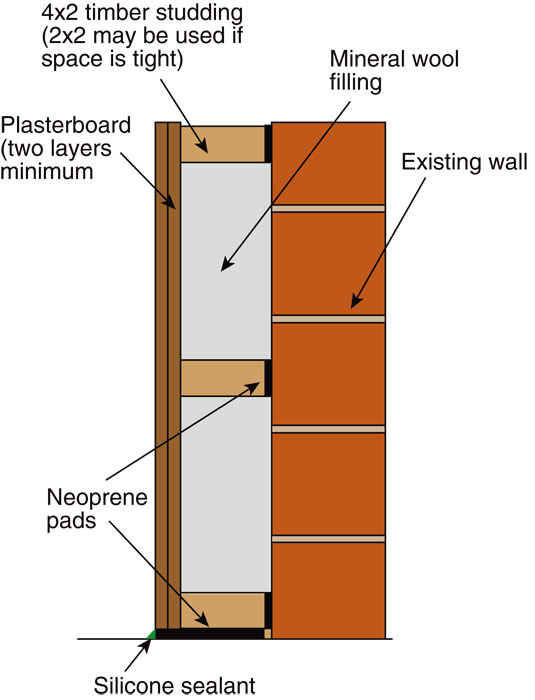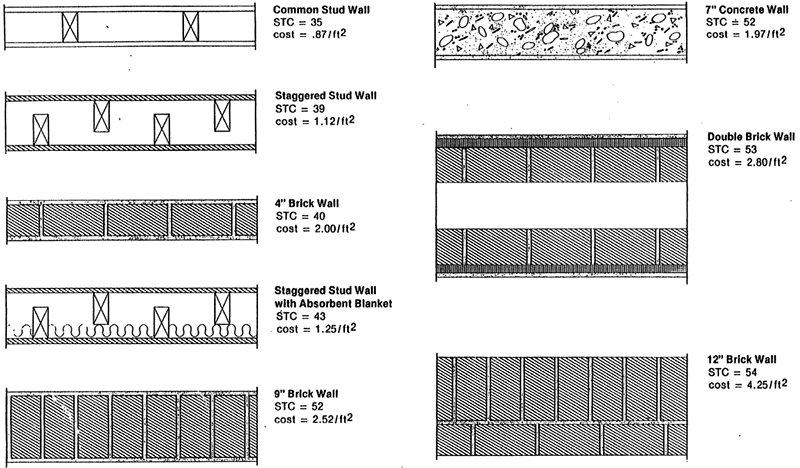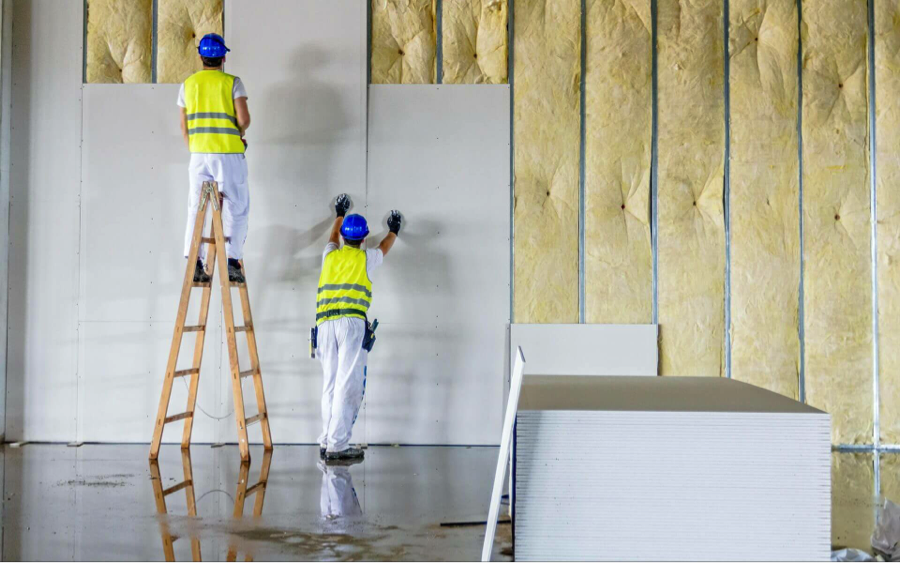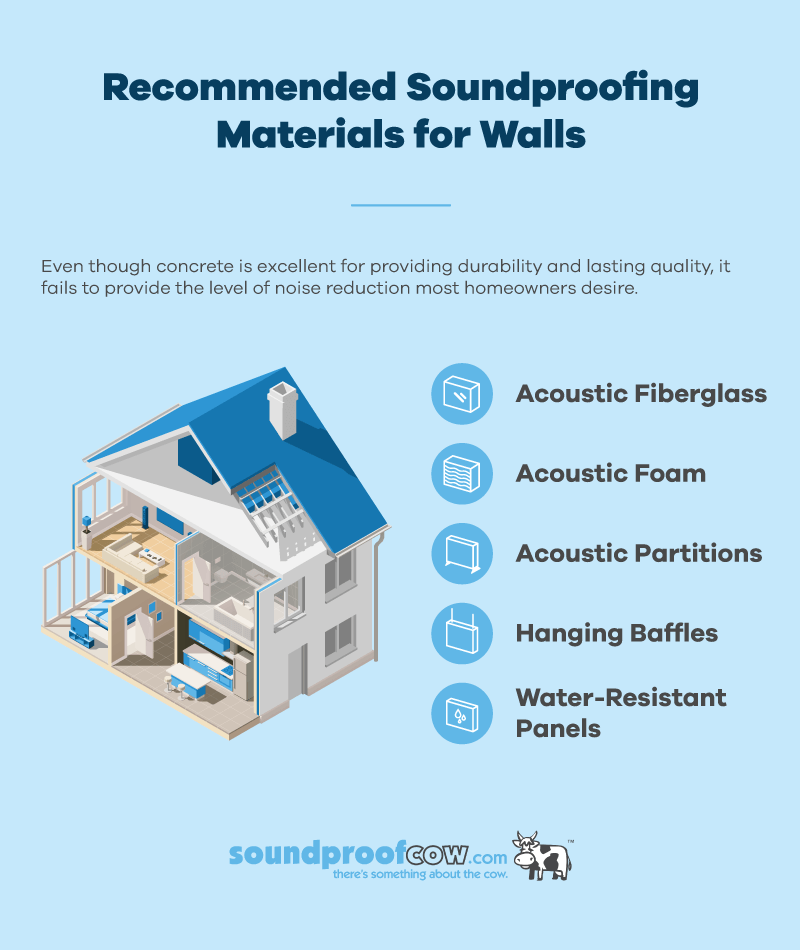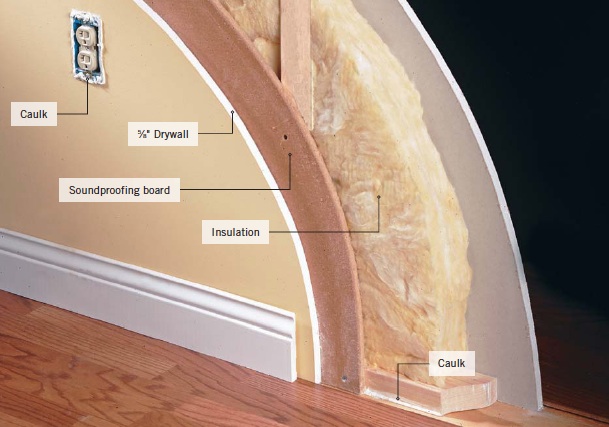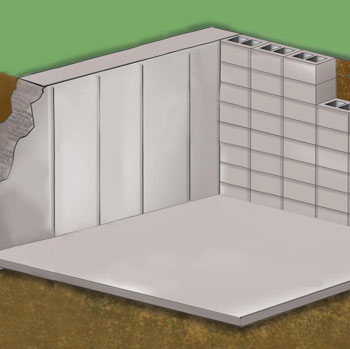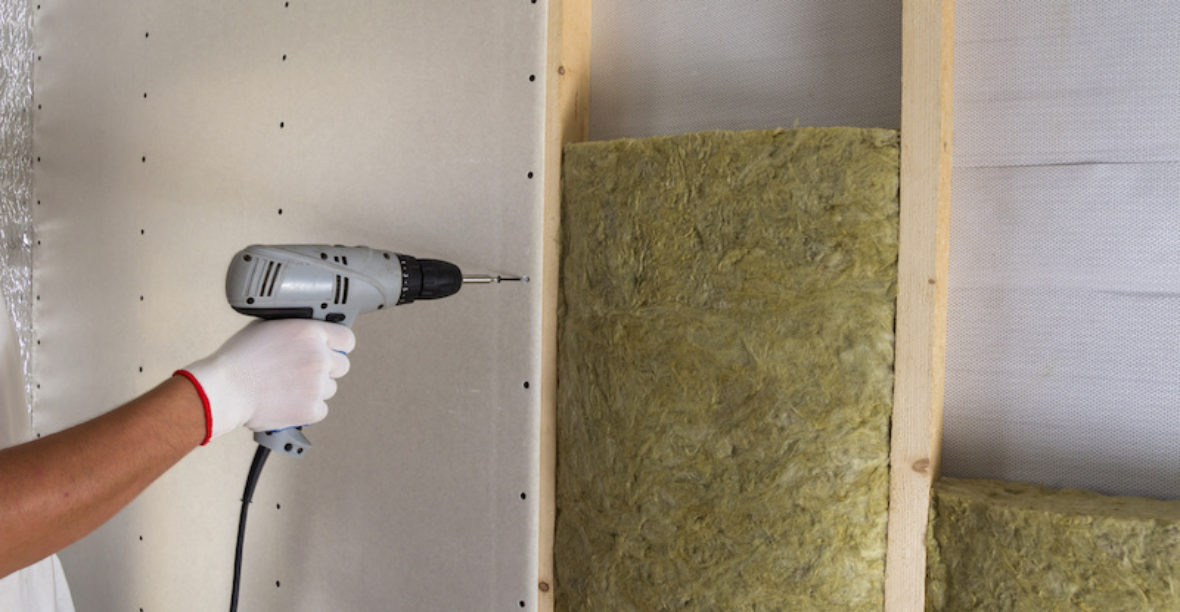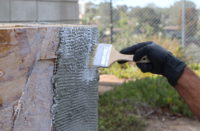Soundproofing Existing Concrete Walls

Our quiet batt insulation provides a layer of friction between your walls that guarantees minimized sound transmission into and out of your room.
Soundproofing existing concrete walls. To check if your wall or ceiling has any insulation in it drill a quarter size hole in your wall and look in. Simply making the wall thicker will cut down on the noise. When it comes to concrete and soundproofing you should always focus on coating the walls with a layer of noise reduction materials first. Check for insulation for proper soundproofing you need to have some kind of absorption usually that is accomplished by having insulation in your walls.
When it comes to the walls the same principles apply as with other walls. Apply paint to your walls with a paint roller for. A drywall will shoot up the mass of the concrete and this means increased density and increased absorption. Soundproof drywall bare concrete walls can greatly benefit from an additional layer or leaf of wall added along with an air gap.
A 15 foot long roll of 1 8 inch thick mlv 60 sq. It s made to hang on walls or install on floors to help deaden sounds. Doing this can easily be done on new or existing remodels by creating an interior wall constructed of special soundproof drywall. Let s have a brief overview of the practical methods of soundproofing concrete walls.
Made especially for noise control mass loaded vinyl mlv is a flexible material that comes in 4 foot wide rolls. Sandwich it between layers of drywall to greatly reduce sound transmission through walls. Fitting a layer of drywall on the already existing wall can go a long way in achieving a noiseless living. Tips and advice for soundproofing walls include.
If you want to soundproof your existing interior walls insulation is one of your best friends. This added thickness and texture is better at blocking sound coming from either direction than a flat bare concrete wall. Soundproofing townhouse walls will probably be the biggest job so be sure to tackle the smaller ones first because you might find that they reduce noise pollution enough. Install your wall soundproofing materials on the side of the wall from which the noise is coming.
Add a layer of drywall. Check out my soundproofing guide for doors. Acoustical paint is created with sound absorbing resins fillers and hollow ceramic microspheres that can improve the soundproofing of your walls. To soundproof existing walls.
This air gap between the interior and exterior wall is actually what stops sound from passing through. Blowing insulation into existing wall spaces can and will make the walls more sound proof and prevent noise from getting in and out of the room. The idea is cost effective because you don t have to pull your existing wall down.



